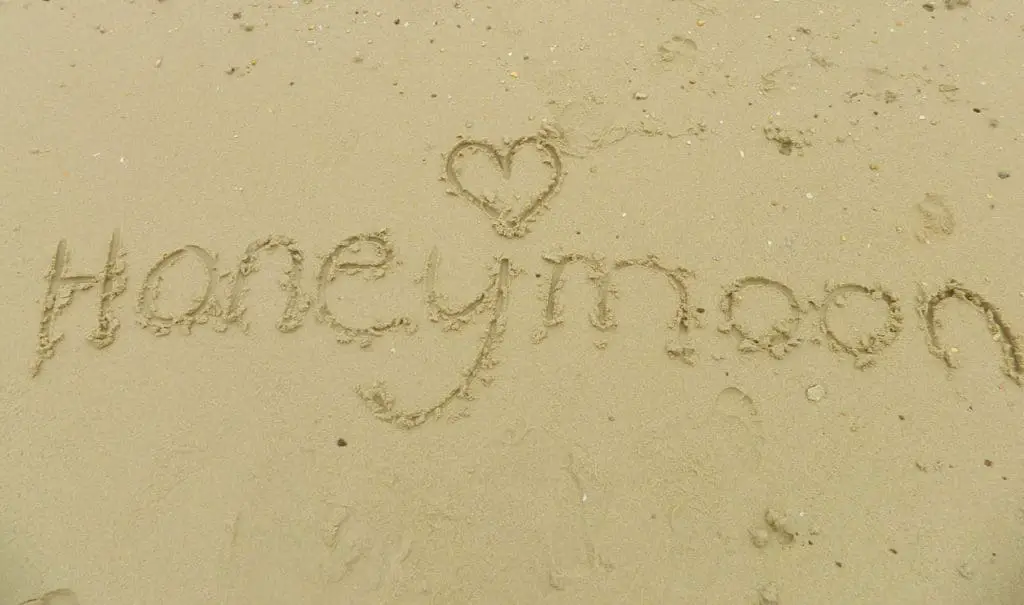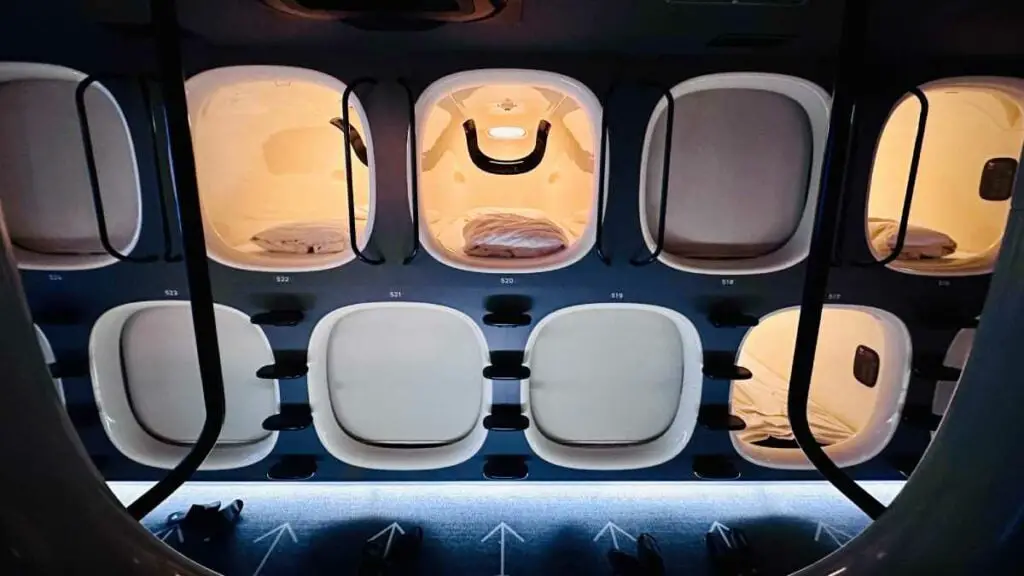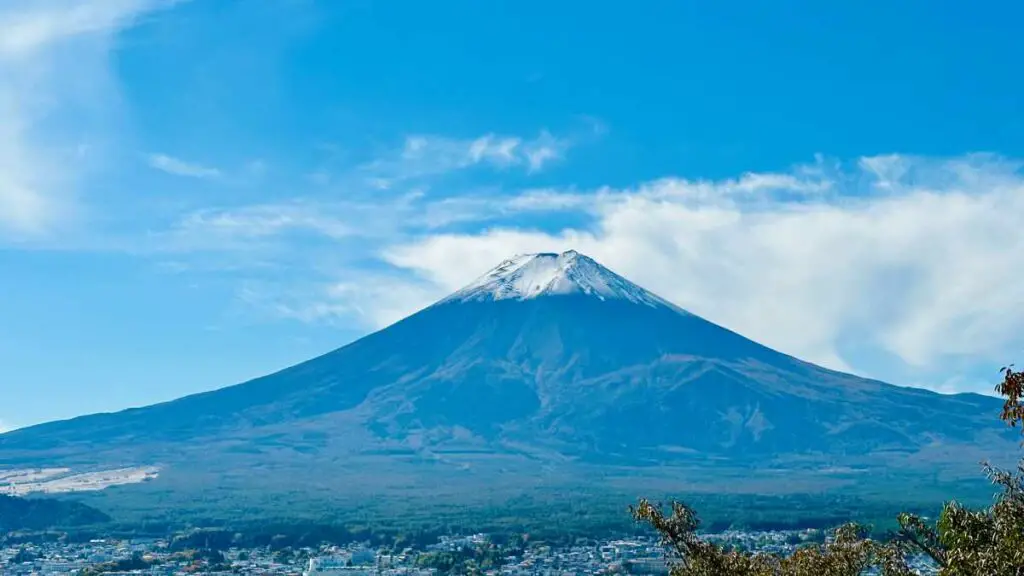A few days ago, a friend of mine, who’s traveling to Japan in October, asked me what were some of the most beautiful landmarks in Japan he could contemplate and take really good pictures of. I immediately started searching in the files of my previous trips, and I came up with a few on this list for him. This is my opinion and I still haven’t seen everything in Japan, but I bet you’ll agree with most of them, at least.
Other than the well-known Mount Fuji, Japan has some of the most amazing landmarks you can visit.
Do you want to know more about Mount Fuji and the other landmarks? Just keep reading, take a good look at the pictures, and you won’t be disappointed.
Mount Fuji
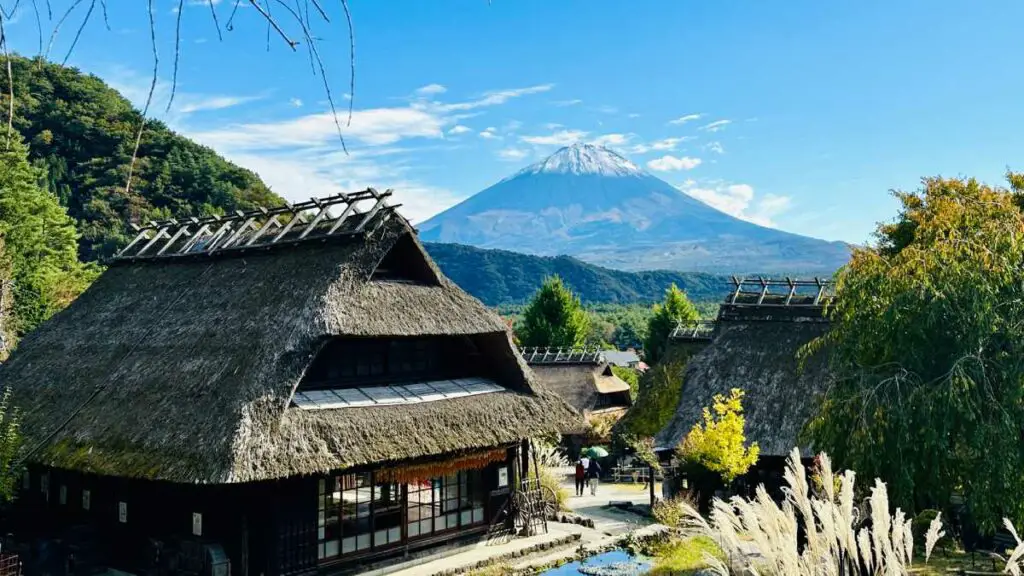
© Ana Costa
Location: Kitayama, Fujinomiya, Shizuoka 418-0112, Japan
Information: With 3,776 m (ca. 12,388 ft), Mount Fuji is the highest mountain in Japan, but also the most beautiful. You can enjoy Mount Fuji either by climbing it or by admiring its beauty from far away. But, if you decide to climb it, it’s better to do it during the night so that you can reach the top by dawn. The view will be amazing! If you don’t feel like scaling it, you can go to different spots to admire the most popular symbol of Japan.
Some of the best spots to admire Mount Fuji are:
- Chureito Pagoda
- Shimoyoshida Honcho Street
- Urui River
- Lake Tanuki
- Lake Yamanaka
- Lake Kawaguchi
- Enoshima Island
- Saiko Iyashi-no-Sato Nemba
Keep in mind that Mount Fuji is often hidden by clouds from June to mid-July, and the best time for viewing is during clear winter days. In my opinion, you should go there in the early morning or late afternoon for the better views.
Hey, check out these recommendations I have for you!
Before going any further, take a look at some of the recommendations I've handpicked for you. I think these are essential items you should have on your trip to Japan. You can check them out and buy them directly from Amazon.
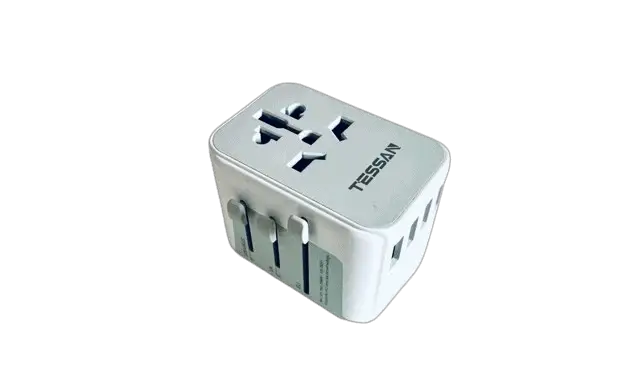
|

|

|
| A universal travel adapter | A 10,000 mAh power bank | A travel adapter and converter |
How to get there: Mount Fuji is around 136 km (ca. 85 mi) from Tokyo and it’s a 2-hour ride. Some buses and trains go directly from Tokyo to Mount Fuji, if you don’t feel like driving in Japan.
You can check my other articles on Mount Fuji and Aokigahara forest for more information about the Mount Fuji area.
Kinkaku-ji Temple
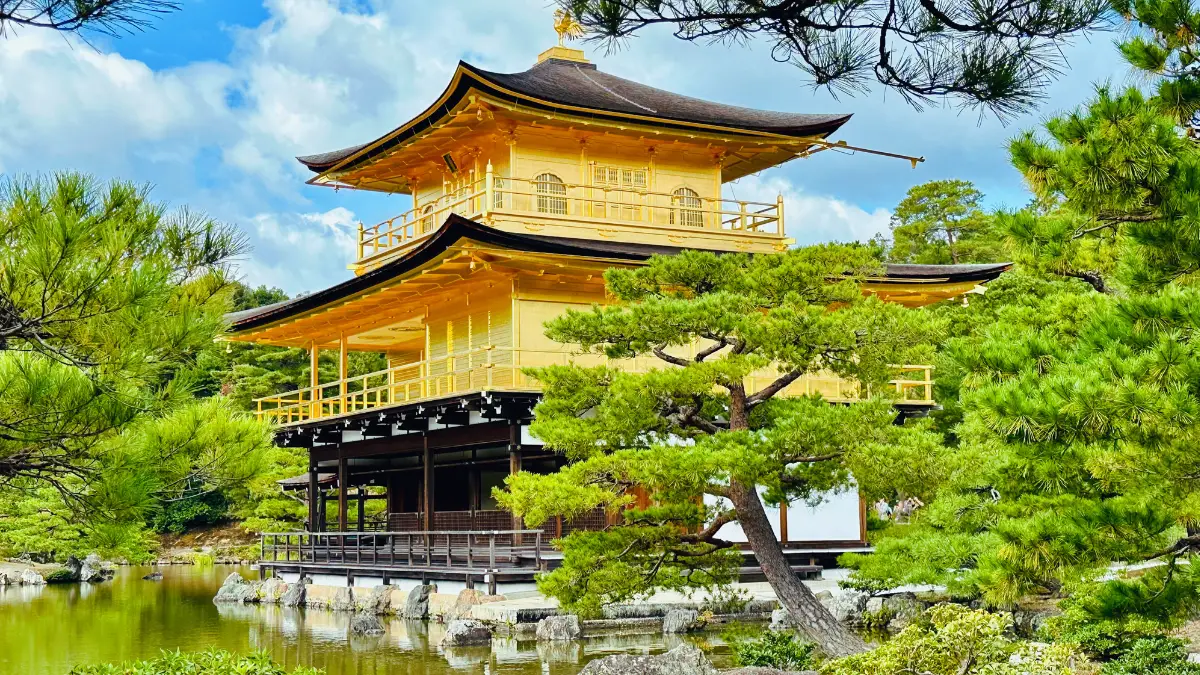
© Ana Costa
Location: 1 Kinkakuji-cho, Kita-ku, Kyoto, 603-8361, Japan
Information: Kinkaku-ji, which means Temple of the Golden Pavilion, is a famous Buddhist temple and a well-known tourist attraction in Kyoto. Its second and third floors are covered with gold leaves and that’s why it is usually called Golden Pavilion. Kinkaku-ji has been a UNESCO World Heritage Site since 1994.
Generally, Kinkaku-ji is open all year from 9 a.m. to 5 p.m. and has an entry fee of 500 yen for adults and 300 yen for children.
If you need more detailed information, you can check Kinkaku-ji’s official website.
How to get there: From Kyoto Station, it takes 30 to 40 minutes to get to Kinkaku-ji by bus (there are several buses every 10 to 30 minutes), but the best way is to take a taxi. This is what I did on my last trip to Japan and it was much more fast and comfortable.
Senso-ji Temple

© Ana Costa
Location: 2 Chome-3-1 Asakusa, Taito City, Tokyo 111-0032, Japan
Information: The Senso-ji Temple is the oldest in Tokyo. It was destroyed during World War II and then reconstructed thanks to people’s donations. During the day, it is a vibrant place full of visitors, except if you go early in the morning. During the night, it is a much more relaxed place where you can enjoy its beauty while the temple is lit up to 11 p.m. I recommend visiting during these two different times of the day to appreciate the atmosphere. During the night, it is very calm but you can’t do much because everything is closed. If you want to check the shops and buy some souvenirs, you have to go during the day, but it is packed.
How to get there: From Asakusa Station, you just have to walk for five minutes until you get to the temple. From Tawaramachi Station, it’s more like a 10-minute walk.
Tokyo Tower

Location: 4 Chome-2-8 Shibakoen, Minato City, Tokyo 105-0011, Japan
Information: Tokyo Tower was completed in 1958 and was the tallest structure in Japan until 2010 with 333 m (ca. 1,093 ft). This tower serves as a broadcasting facility, but also as a perfect spot to see the impressive city below. It’s based on the Eiffel Tower design, so if you have visited Paris, you know what I’m talking about (they look practically the same but with different colors).
If you plan on visiting the Tokyo Tower, there are 3 different parts to see:
- The base of the tower is where you’ll find several restaurants, cafes, and shops.
- The main observatory at 150 meters high is where you’ll enjoy a good view and a sort of “look-down” window
- The special observatory at 250 meters high is where you can appreciate the panoramic view and even, Mount Fuji or the Skytree if the weather is good.
Regarding the opening hours, the observatories are open from 9 a.m. to 11 p.m. There’s an entry fee of 1,200 yen for the main observatory and 3,000 yen for both observatories.
For more detailed information, check Tokyo Tower’s official website.
How to get there: The tower is easily accessed using the subway. You can get off at Onarimon Station or Kamiyacho Station and walk for about 5 minutes.
Tokyo Skytree
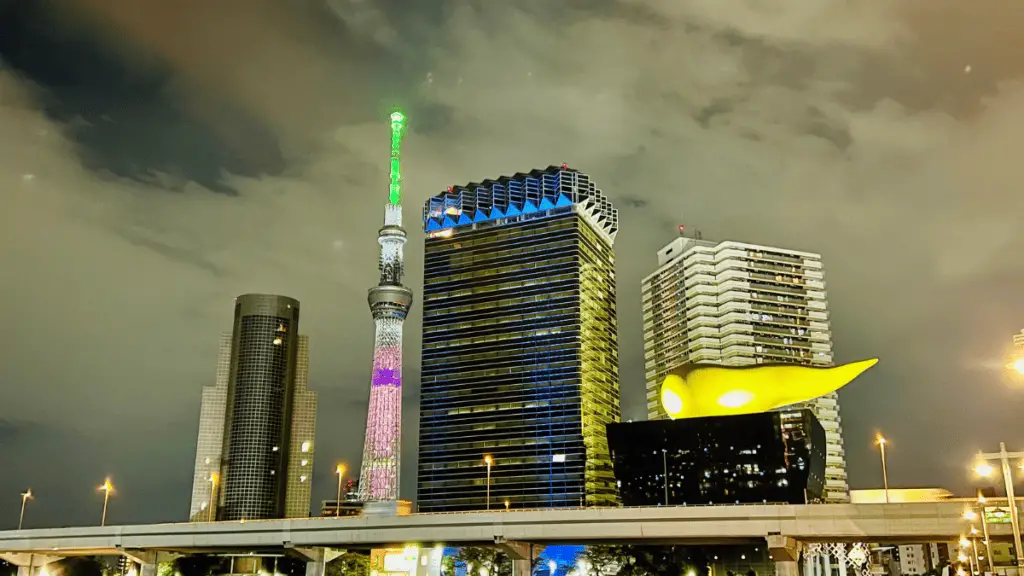
© Ana Costa
Location: 1-chōme-1-2 Oshiage, Sumida City, Tōkyō-to 131-0045, Japan
Information: Tokyo Skytree appeared in the Guinness Record of November 2011 as the world’s tallest tower with its 634 m (ca. 2,080 ft). If the Tokyo Tower isn’t high enough for you, then you’ll be served with Tokyo Skytree.
Tokyo Skytree can also be divided into 3 parts:
- The base of the tower where you’ll find many Japan-related shops on the first floors
- The Tembo Deck at 350 meters with a glass floor is available if you want some adrenaline
- The Tembo Galleria at 450 meters
The Skytree is open every day from 8 a.m. to 10 p.m. in general. The entry fees vary, but you can count on 1,800 yen for the Tembo Deck (350 m) and 2,700 yen for both decks (350 m + 450 m).
Please visit Tokyo Skytree’s official website to see if there are any changes by the time you’re traveling.
How to get there: The Skytree is easily accessible thanks to the Tokyo Skytree Station located at the base of the tower.
Osaka Castle
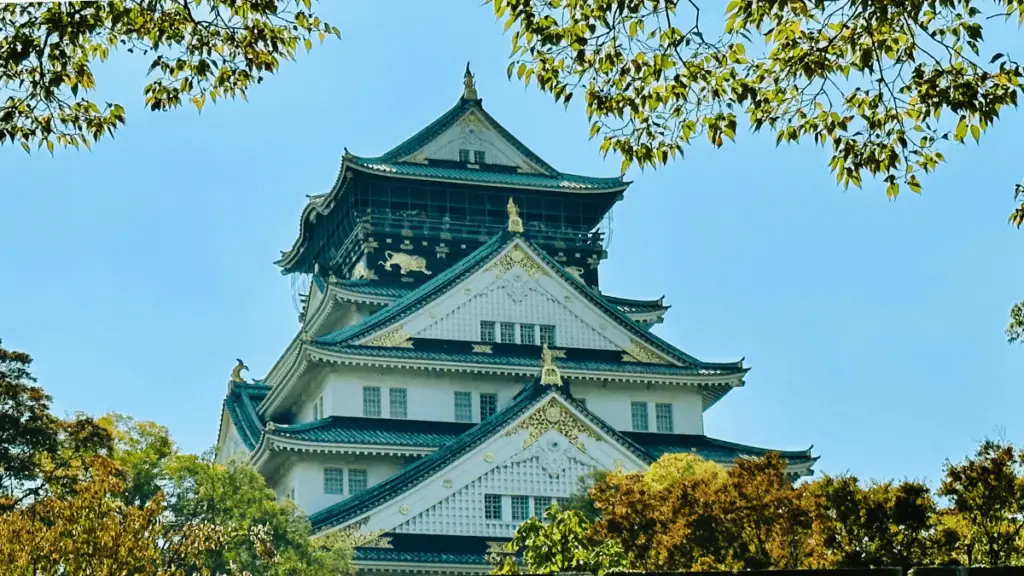
© Ana Costa
Location: 1-1 Osakajo, Chuo Ward, Osaka, 540-0002, Japan
Information: The Osaka Castle is the most important landmark in Osaka. Inside you’ll have a museum that tells the history of Osaka (this can be interesting if you like history, you can skip it). There’s also an observation deck at the top, so you might want to try it for some great pictures. But the best way to enjoy a great view of the castle is in the huge park (Nishinomaru Garden) that surrounds it. And there are also boat rides around it that allow a view from a different angle.
Insider tips for your Japan trip. Quick, easy, and free!
I Want This
If you want to visit the museum there’s an entry fee of 600 yen for adults and it’s open from 9 a.m. to 5 p.m.
For detailed information on the castle, visit Osaka Castle’s official website (or you can download the official pamphlet).
How to get there: There are 3 stations (Morinomiya Station, Osakajokoen Station, and Tanimachi Yonchome Station) close to the park that surrounds the castle so you can get off at any of them. Then you have to walk to the center of the park where you’ll find the castle.
Fushimi Inari-Taisha
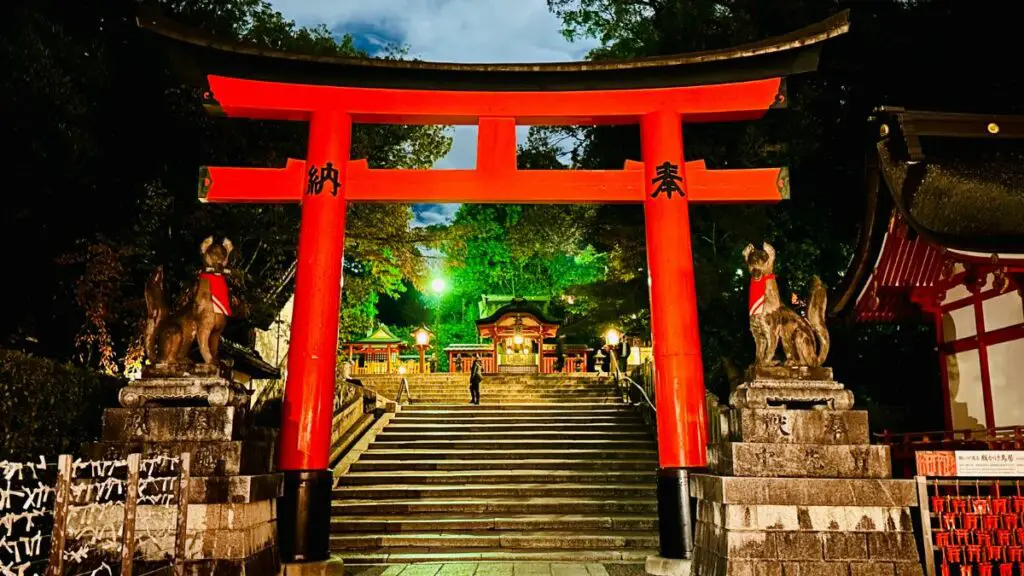
© Ana Costa
Location: 68 Yabunouchicho, Fushimi Ward, Kyoto, 612-0882, Japan
Information: The Fushimi Inari-Taisha Shrine is well-known for its thousands of gates (torii) that lead to Mount Inari. Inari is the deity of success in business and good harvest, so even if at the beginning there were “only” a thousand gates, with the gate donation of many businesses, there are now approximately 10,000 gates. Imagine how amazing it is to walk through this orange-colored tunnel, but be prepared because it takes two to three hours.
If you want to know more about the shrine, take a look at Fushimi Inari’s official website.
How to get there: From Kyoto Station, it takes about 5 minutes to get to Inari Station or Fushimi-Inari Station. These 2 stations are right in front of the shrine.
Arashiyama Bamboo Grove
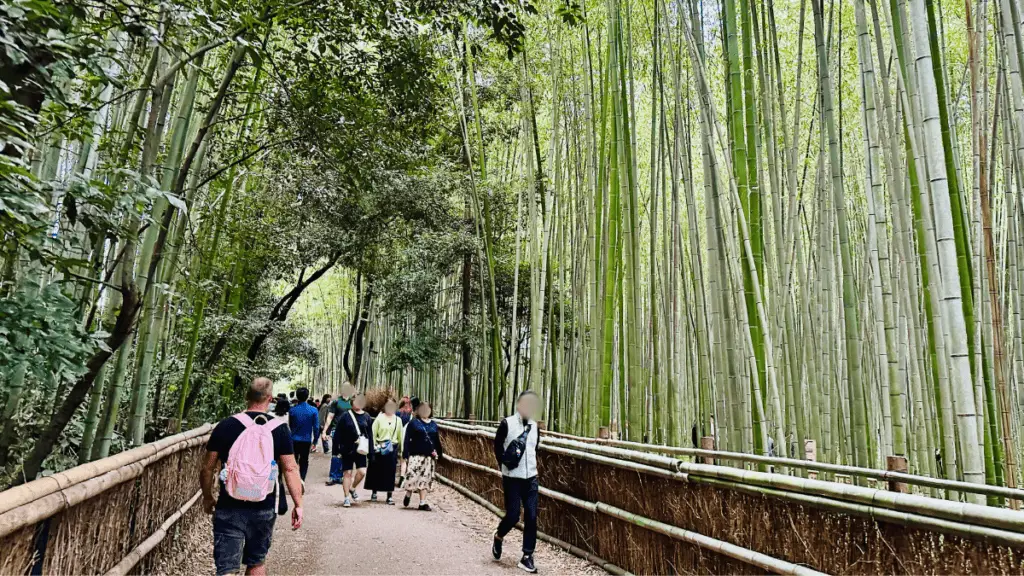
© Ana Costa
Location: Sagatenryuji Susukinobabacho, Ukyo Ward, Kyoto, 616-0000, Japan
Information: The Arashiyama Bamboo Grove is one of the most recognizable sights of Kyoto where people take a lot of amazing pictures. The path itself is pretty short, but it is worth it if you visit at the right time. The Bamboo Grove is crowded during the day, so try to get there early in the morning for the best pictures and to enjoy the calm of this place. During the winter, there’s some cool illumination that makes it even more beautiful. Around the Grove, other beautiful sights are also worth the visit, so explore the area at your own pace and enjoy what Kyoto has to offer.
How to get there: Use the JR Sagano Line and get off at Saga-Arashiyama Station. From there you just have to walk for 10 minutes.
Shibuya Crossing
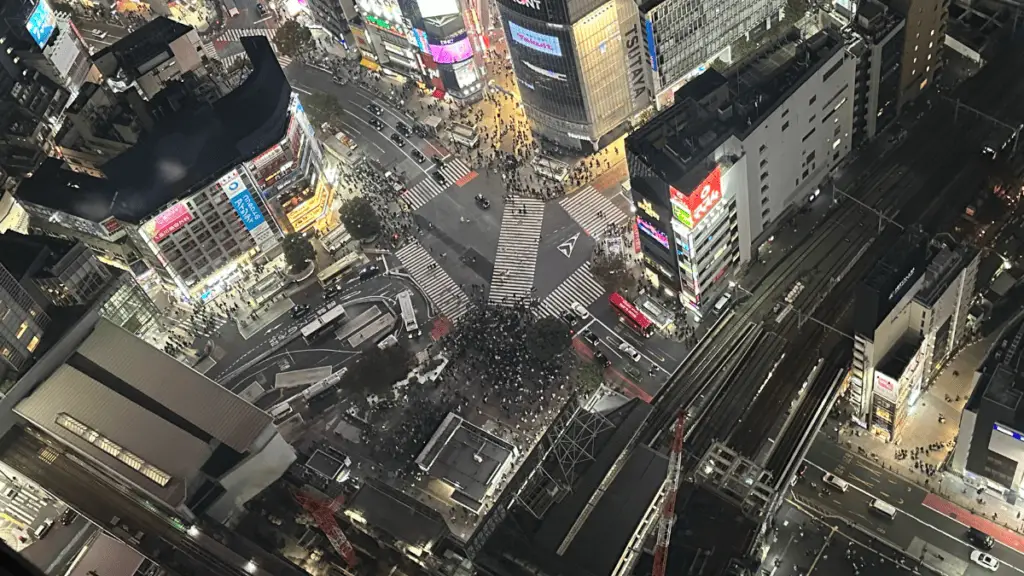
© Ana Costa
Location: 2 Chome-2-1 Dogenzaka, Shibuya City, Tōkyō-to 150-0043, Japan
Information: Shibuya Crossing is the busiest crossing in Japan. Every two minutes all traffic lights turn red and hundreds of people cross the road from all sides with perfect synchronization. This can be quite a view and it is most impressive when seen from above, so get to one of the cafés or shops on the upper floors and enjoy the view. And don’t miss the famous Hachiko statue right outside Shibuya Station.
How to get there: Just walk out of Shibuya Station through the Hachiko’s exit. Shibuya Crossing will be right there.
Itsukushima Floating Torii
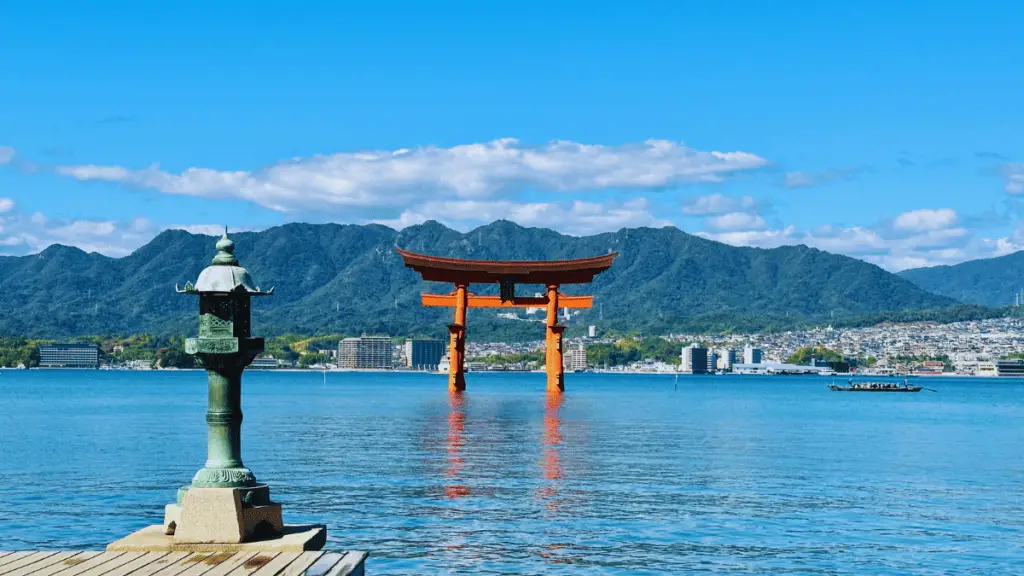
© Ana Costa
Location: 1-1 Miyajimacho, Hatsukaichi, Hiroshima 739-0588, Japan
Information: Even if this gate is not floating on the water, you have this impression if you visit the shrine during high tide. It’s like a magical sight and also a good place to take pictures, especially at sunset. If you want to get closer to this gate, you must visit during low tide but prepare some waterproof shoes because it won’t be completely dry.
The shrine is open all year round, usually from 6.30 a.m. to 5.30 p.m. (opening hours vary according to the seasons), and there’s an entry fee of 300 yen.
When planning your travel, check Itsukushima’s official website for all the details.
How to get there: From Hiroshima Station, it takes around 30 minutes to Miyajimaguchi Station. From there walk to the ferry port and take the ferry to Miyajima Island. Once you arrive, just walk for 10 to 15 minutes to get to the shrine.
Himeji Castle
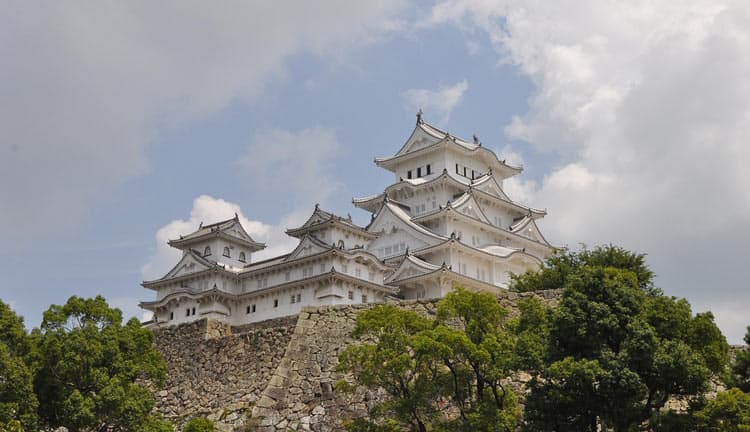
Location: 68 Honmachi, Himeji, Hyogo 670-0012, Japan
Information: The Himeji Castle is a Japanese National Treasure, but also a World Heritage Site since December 1993. The castle construction was completed in 1609 and since then it has never been destroyed. It is one of the 12 Japanese original castles that remain nowadays. When you pass through the main gate (Otemon Gate), you access the free part of the castle with lots of cherry trees. Otherwise, you have the Hishi Gate that gets you to the paid part where you can get to the inner castle.
The castle garden that surrounds it has over 1,000 cherry trees making it a huge attraction, especially during the cherry blossom season. At this time, its beauty it’s at the highest level, but if you don’t like crowds you should probably avoid it.
You can check Himeji’s official website for information on admission fees and the annual congestion forecast.
How to get there: From Himeji Station, you can reach the castle by walking for 15 to 20 minutes, otherwise there’s a bus from the station that can get you there in 5 minutes.
Shirakawa-go Village
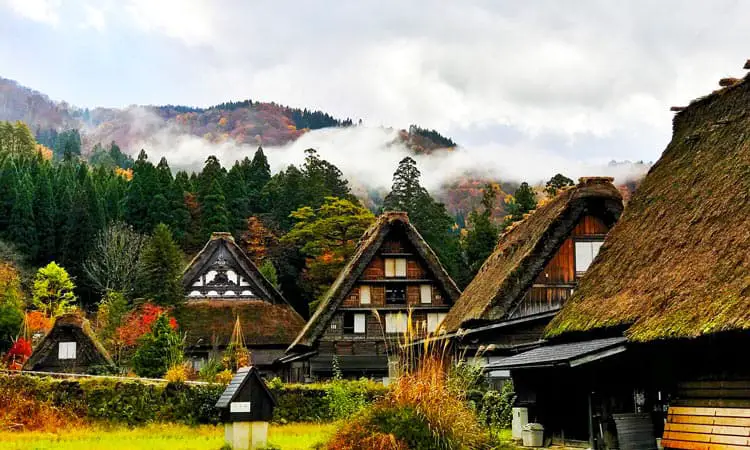
Location: Ogimachi, Shirakawa, Ono District, Gifu 501-5600, Japan
Information: Shirakawa-go is a magnificent traditional village that is recognized as a World Heritage Site. This village is characterized by typical houses using a particular kind of construction. They are tall but narrow, with roofs that almost touch the ground due to heavy snowfalls during winter. These houses are masterpieces of the past, and even if some were converted into museums and guesthouses, many of them are still residences. I recommend visiting at least Wada House, Kanda House, and Nagase House.
For more useful information, check out the Shirakawa-go official website and live camera.
How to get there: The easiest way is by taking the bus from the Takayama Bus Center. It takes around 50 minutes to the village.
Nara Park
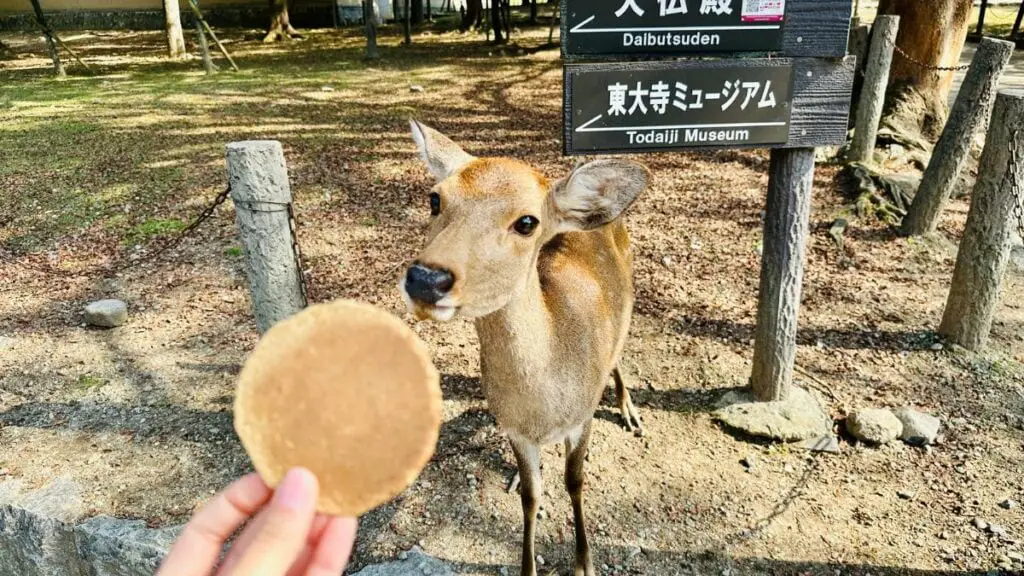
© Ana Costa
Location: Nara, Japan
Information: Nara Park is where you’ll find amazing temples and shrines, but it is also the home of wild-roaming deer. Taking pictures with them is frequent, but you should always be aware as they’re still wild animals. There’s the possibility of buying special crackers to feed them, and they most likely follow you after that. There’s also the Sarusawa Pond in Nara Park which is a great place to relax and take some good pictures.
If you want to know more about this park, check out Nara Park’s official website.
How to get there: Nara can be reached without difficulty from Osaka and Kyoto in about 35 minutes. You just have to get off at Kintetsu Station and walk for 15 minutes to reach the park. If you get off at Nara Station, it will take 25 minutes.
Hiroshima’s Atomic Bomb Dome

© Ana Costa
Location: 1-10 Otemachi, Naka Ward, Hiroshima, 730-0051, Japan
Information: Hiroshima’s Atomic Bomb Dome represents one of the darkest moments in Japanese history. Before the bombing, this building used to be the Prefectural Industrial Promotion Hall. These remains resisted the bomb even if the building was practically below the bomb. You can’t enter the Atomic Bomb Dome, but you can easily observe it from the outside and it is also beautifully illuminated at night. It is a pretty impressive view that has been preserved to remind us of the importance of peace.
In the Hiroshima Peace Memorial Park, there are also over 70 monuments that are worth your time.
For more information on peace tourism, check Hiroshima’s Peace Tourism website.
How to get there: The easiest way is to take the tram from Hiroshima Station to Genbaku Dome-Mae stop (15 minutes). After that, is just a short walk to the park.
Jigokudani Monkey Park
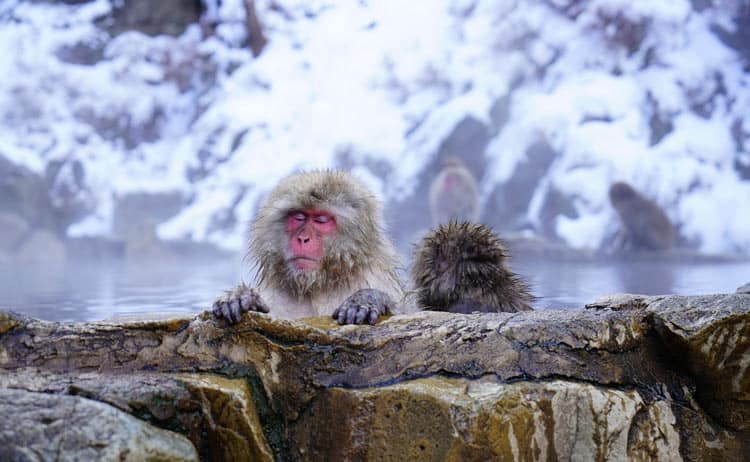
Location: Japan, 〒381-0401 Nagano, Shimotakai District, Yamanochi, Hirao, 6845
Information: The Jigokudani Monkey Park is a one-of-a-kind place to visit. Even if you can see the monkeys all year round, it’s better to visit during winter since the white landscape makes it much more beautiful. During hotter days, monkeys will still be there but is not as attractive as during the winter. To have the best experience, make sure you visit in the early morning as monkeys will be more relaxed and the place won’t be crowded.
Generally, the park is open from 8.30 am to 5 pm, but if you need more information you can visit Jigokudani Monkey Park’s official website.
How to get there: Several buses can take you to Kanbayashi Onsen which is near the trail you have to take to get to Jigokudani Monkey Park. The trail takes between 25 and 40 minutes.
Todai-ji Temple
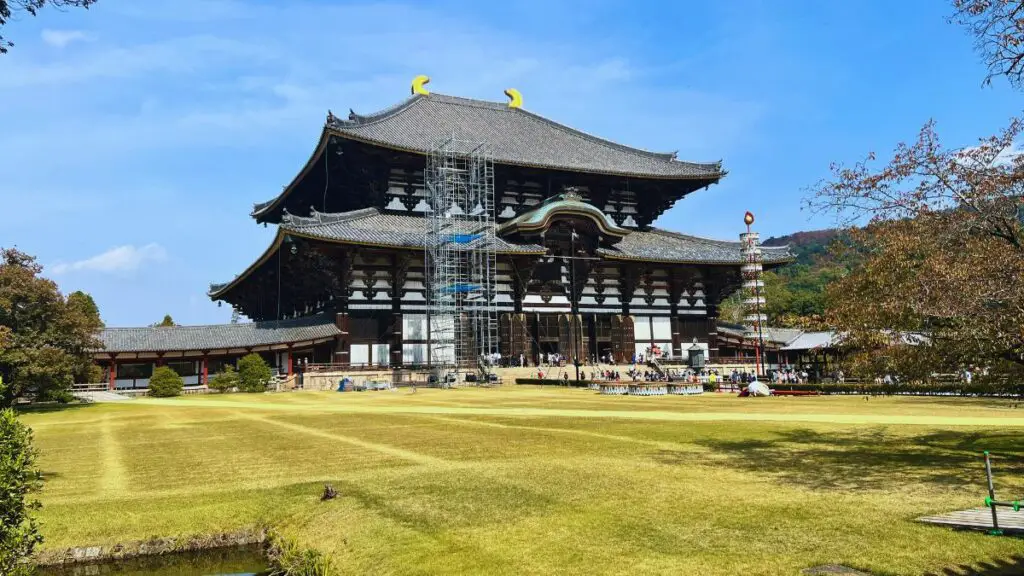
© Ana Costa
Location: 406-1 Zōshichō, Nara, 630-8211, Japan
Get all the cool spots and tips for a fun trip to Japan. It's free!
Get My Japan Guide
Information: The Todai-ji Temple is one of the most famous Buddhist temples in Nara. Its main hall is the largest wooden building in the world, even though it is 30% smaller since its reconstruction in 1692. This impressive temple has several attractions that are worth your time. Make sure you don’t miss the Great Buddha Statue which is the biggest bronze Buddha in the world with 15 meters. Near the statue, there’s a pillar with a hole that you can crawl through to gain enlightenment in the next life.
For more information, check Todai-ji’s official website.
How to get there: You can get to the temple by getting off at Kintetsu Station and walking for 15 minutes.
Great Buddha of Kamakura
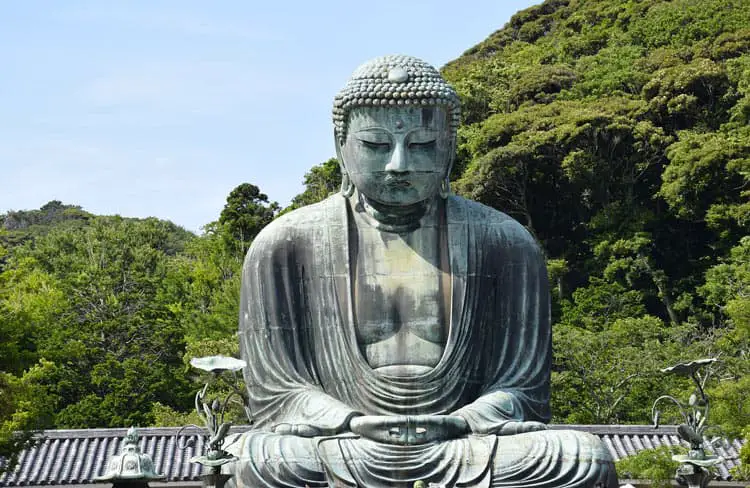
Location: 4-chōme-2-28 Hase, Kamakura, Kanagawa 248-0016, Japan
Information: The Kamakura Great Buddha is located on the grounds of the Buddhist Kotoku-in Temple. It is the second biggest Buddha in Japan, but the biggest outdoor Buddha. This is quite an amazing place to take some good pictures of your visit, and you can even enter the Buddha statue by paying a small fee. The temple is open from 8 am to 5 pm most of the time, and there’s an admission fee of 200 yen plus 20 yen to enter the statue.
If you want to know everything about the temple and the Buddha statue, just visit Kotoku-in’s official website.
How to get there: If you travel from Tokyo, you have to get in at JR Shinjuku Station and get off at JR Kamakura Station. Then you have to take the Enoshima Electric Railway to Hase Station. From there, just walk for 7 minutes.
Kobe’s Port
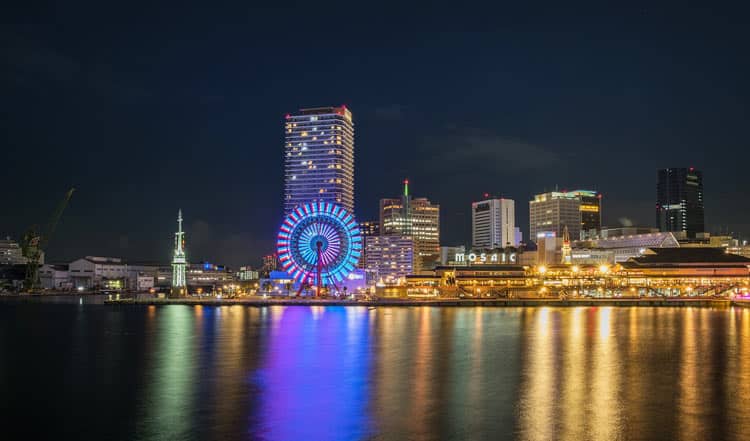
Location: 5 Chome Minatojima, 650-0045, Japan
Information: Before the Great Hanshin earthquake, Kobe’s Port was one of the busiest ports in the world. Today it is well-known for its tourist attractions like the Meriken Park, the Kobe Port Tower, and Harborland. The best time to enjoy the beauty of the port is when the night comes with all the lights reflecting on the water.
Check Kobe’ Port official website to get all the information you need to enjoy Kobe.
How to get there: You just have to walk five minutes from Harborland Station or Minato-Motomachi Station.
Sanzen-in Temple
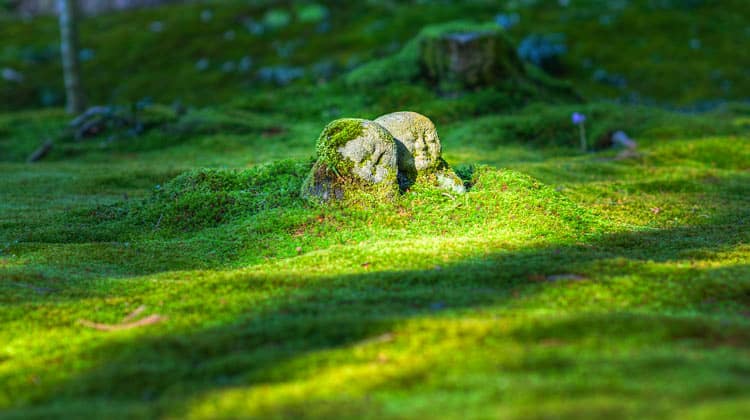
Location: 540 Raigoin-cho, Ohara, Sakyo Ward, Kyoto, 601-1242, Japan
Information: Sanzen-in is a great temple to visit if you like relaxed places with few tourists. The temple has beautiful landscapes, but you should also visit the green moss garden where you’ll find small stone statues known as Warabe-Jizo statues. These statues are meant to protect the children who died before their parents.
More information can be found at Sanzen-in’s official website.
How to get there: From Kyoto Station, you have to walk for 2 minutes to get to Kyoto Ekimae Bus stop. Buses are leaving every 30 minutes to the Ohara Bus stop. The ride takes a little more than 1 hour and then you have to walk for about 10 minutes to the temple.
Aoi-Ike
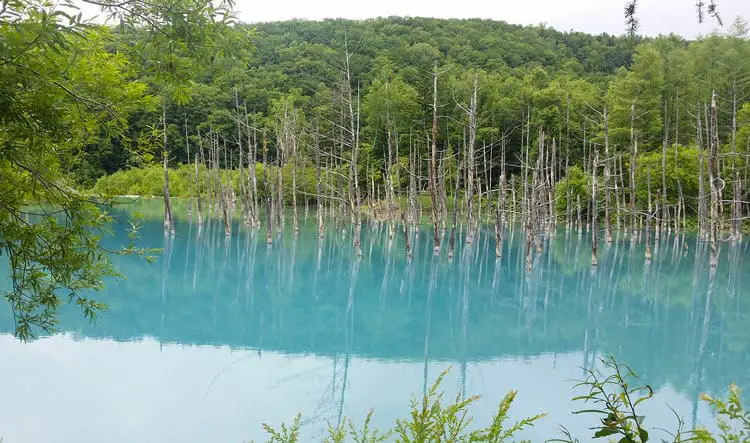
Location: Shirogane, 美瑛町 Biei, Kamikawa District, Hokkaido 071-0235, Japan
Information: Created with the main goal of stopping Mount Tokachi’s mudflow damage, the Blue Pond ended up being one of the most iconic ponds in Japan. It became even more famous when it was included as a desktop wallpaper for Apple computers. The pond’s amazing colors which can turn into turquoise, emerald, or cobalt blue are the result of natural minerals in the water. If you want to show your photography skills, this place is perfect for you as different sights change all the time.
How to get there: Several buses can take you to the pond. The easiest way is to take a bus tour from Sapporo Station.
Unicorn Gundam Statue
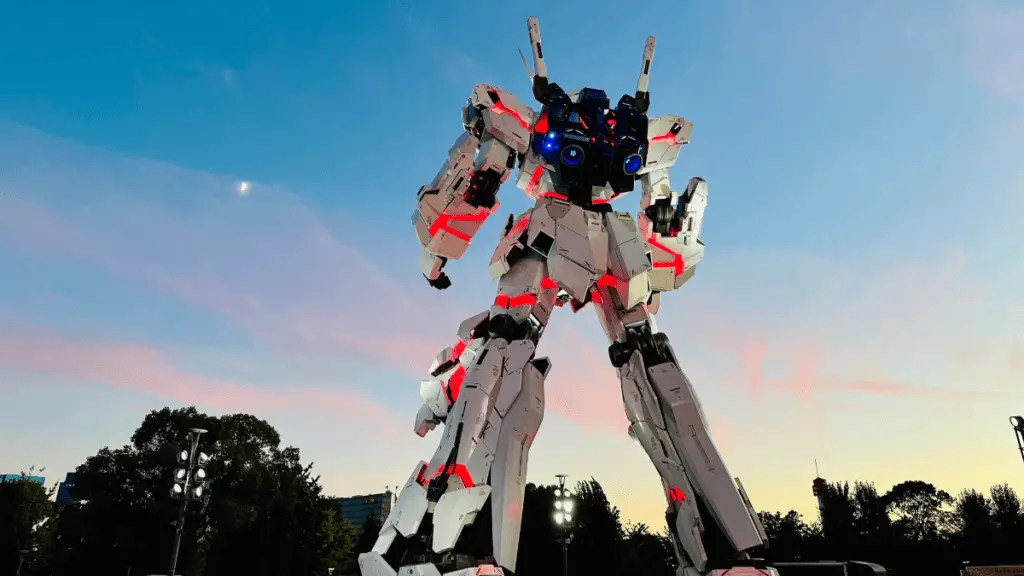
© Ana Costa
Location: Japan, 〒135-0064 Tōkyō-to, Koto City, Aomi, 1-chōme−1−10
Information: The Unicorn Gundam Statue is the best statue in Tokyo for Gundam’s fans. It’s huge and realistic, but the best part is that it is an animated statue with music and lights. If you can, visit when it starts to get dark (usually after 5 p.m.) so you can appreciate even more the transformation.
The night performances take place every 30 minutes from 7 p.m. to 9.30 p.m., but you can find all the information at Unicorn Gundam’s official website.
How to get there: There are four stations surrounding the statue’s area, so you can get off at Aomi Station, Daiba Station, Tokyo International Cruise Terminal Station, or Tokyo Teleport Station and walk for a few minutes.
Kasuga Taisha
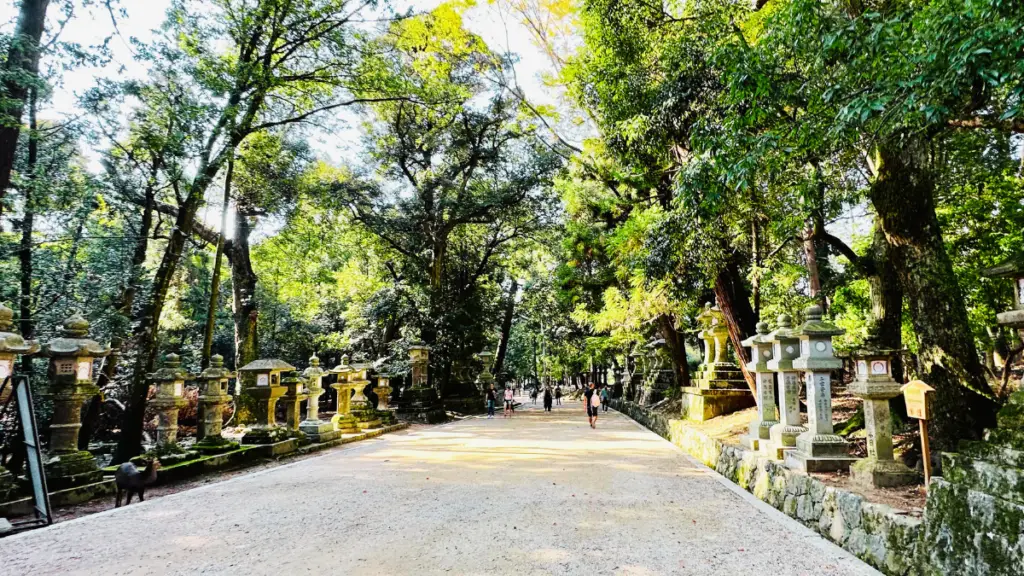
© Ana Costa
Location: 160 Kasuganocho, Nara, 630-8212, Japan
Information: The Kasuga Taisha Shrine is probably one of the most sacred shrines in Japan as it is the home of several gods. Other than the photogenic temple and the amazing colors all around it, Kasuga Taisha is also known for its thousands of stone lanterns (more than 3,000). In the picture above you can see some of these lanterns on both sides of the path to the main building.
Practical information can be found on Kasuga Taisha’s official website.
How to get there: Several buses run from Kintetsu Station or Nara Station to Kasuga Taisha Honden bus stop. Otherwise, you can walk for 30 minutes from Kintetsu Station and 45 minutes from Nara Station.
Rainbow Bridge
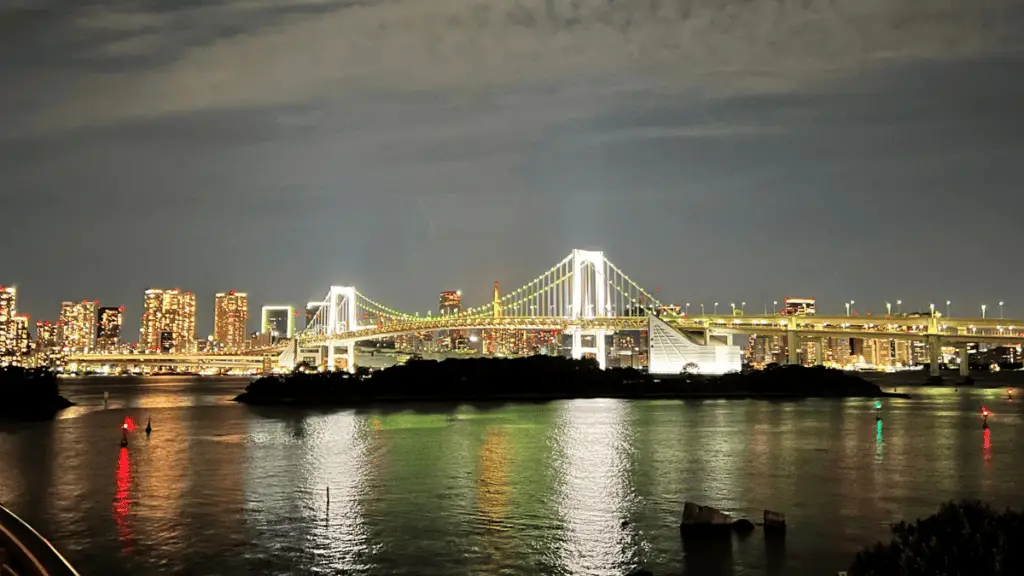
© Ana Costa
Location: 3 Chome Kaigan, Minato City, Tokyo 105-0000, Japan
Information: The Rainbow Bridge is the most colorful crossing in Tokyo. It is painted in white, but during night you get to see one of the most astonishing views of an urban place. During the year, it is illuminated with normal light which is pretty cool, but in December it has rainbow-colored lights and the result is more than breathtaking. To enjoy the view, there are pedestrian walkways on each side and it takes around 30 minutes to cross the bridge.
How to get there: You can get to the bridge by walking from the Odaiba-Kaihinkoen and Shibaura-Futo stations.
Disclaimer: Although I do my best to keep the post updated, information like fees and opening hours is changing all the time. Make sure you check each official website to see if there’s any recent change.

